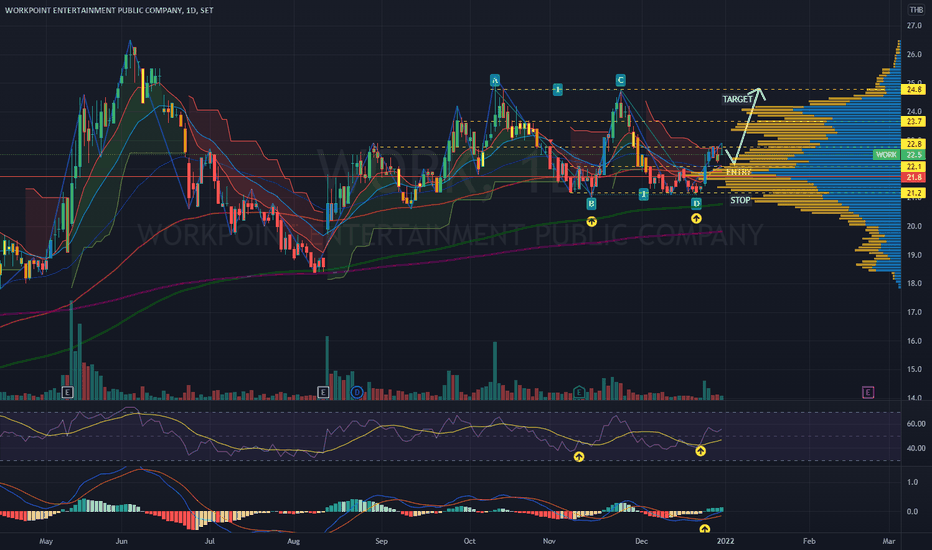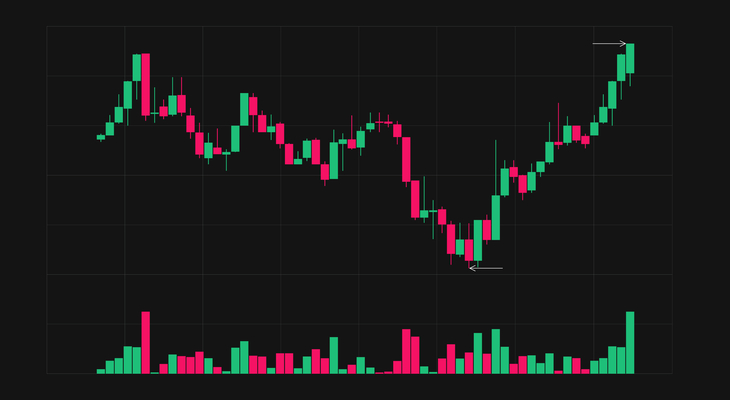Profitable trading is a pursuit of freedom, and to achieve it, traders must take advantage of opportunities that present themselves. Buy and sell limits are one such tool that can help traders maximize their trading opportunities and increase their chances of success. These predefined price levels are used to signal buy or sell orders in the future and provide an advantage to traders who can capitalize on potential good prices.
Understanding and using buy and sell limits effectively is crucial to risk management, and leveraged products such as forex and CFDs must be approached with caution. However, when managed correctly, buy and sell limits open up a world of possibilities for traders to maximize their trading opportunities and achieve financial freedom.
Key Takeaways
- Buy and sell limits are crucial tools for maximizing trading opportunities
- Understanding and using buy and sell limits is essential for risk management
- Buy and sell limits increase market efficiency and provide greater control over trades
- Leveraged products like forex and CFDs carry high risk, and traders need to understand their exposure to potential losses
Risk Management
Managing risk is an important part of using buy and sell limits for trading. Traders should only risk what they can afford to lose and understand the extent of their exposure to potential losses.
To mitigate risk, traders should focus on position sizing, which refers to the number of shares or contracts traded. Position sizing should be based on the trader’s risk tolerance and the size of the account.
Additionally, traders should use a stop-loss order to limit their exposure to losses, as well as a take-profit order to ensure profits are taken when the target price is reached.
Leveraged products, such as forex and CFDs, carry a high level of risk, so it’s essential to use buy and sell limits with caution and understand the full extent of the risk involved.
By managing risk wisely, traders can maximize their trading opportunities and increase their chances of success.
Advantages
Navigating the financial markets can be likened to driving a car, with buy and sell limits providing the necessary guidance to stay on track. The use of buy and sell limits comes with several advantages:
-
Increased market efficiency
-
Reduced risk
-
Greater control over trades
-
Enhanced liquidity
-
Freedom to take advantage of good prices
The ability to set buy and sell limits helps traders take advantage of market swings and fluctuations, allowing them to capitalize on market opportunities while mitigating risk. Buy and sell limits increase market efficiency by allowing the market to operate more smoothly, ensuring that traders have the freedom to take advantage of market opportunities without having to monitor the market constantly.
Additionally, traders can take advantage of market swings and fluctuations by using buy and sell limits to enter and exit trades quickly and at predetermined prices. Ultimately, the use of buy and sell limits allows traders to maximize their trading opportunities while reducing their risk.
Leveraged Products
Investing in leveraged products such as forex and CFDs carries a high level of risk, requiring traders to fully understand their exposure to potential losses.
Leveraged products offer traders increased buying power, allowing them to open larger positions with a smaller capital outlay. This is known as margin trading, where traders can access more capital than they have in their trading account, and use it to increase their returns.
However, the increased buying power also increases the risk of losses and traders should be aware of the risks associated with trading leveraged products.
It is important to remember that buy and sell limit orders can help manage the risk of loss by allowing traders to take advantage of good prices that may not be available when actively monitoring the market.
Frequently Asked Questions
What are the best strategies for setting buy and sell limits?
Exaggerated imagery aside, the best strategies for setting buy and sell limits involve scalping tactics and market timing.
To maximize profits, traders should look for short-term price movements, set limits close to the current market price, and adjust the limits as the price changes.
Market timing is also important, as traders should be aware of when the market will be more or less volatile.
To avoid being caught in a bad trade, traders should set tight limit orders and be prepared to adjust them quickly.
By combining these two strategies, traders can maximize their trading opportunities and increase their chances of success.
What are the risks associated with buy and sell limits?
When trading with buy and sell limits, there are a number of risks associated with the market volatility and price fluctuations. These risks include the potential for losses due to sudden price changes, as well as the possibility of slippage, which occurs when the market moves faster than the limit order.
There is also the risk of a gap opening up between the current market price and the limit price, leaving traders exposed to further fluctuations in the market. Furthermore, limit orders can be subject to delays in execution, which can lead to missed opportunities.
To minimize the risks associated with buy and sell limits, traders must carefully consider the market conditions and set their limits accordingly.
How do buy and sell limits compare to other types of orders?
Buy and sell limits are one of the most common types of orders used in trading. They are price levels set to signal buy or sell orders in the future, with the buy limit set lower than the current market price and the sell limit set higher.
Compared to other types of orders, buy and sell limits offer traders more control over price and market timing. When used properly, they can help traders take advantage of good prices that may not be available when actively monitoring the market, and provide stop losses to limit any potential losses.
By making use of price analysis and careful market timing, traders can maximize trading opportunities with buy and sell limits.
Are there any additional costs associated with using buy and sell limits?
Using buy and sell limits can help save time and control price levels when trading. However, there may be additional costs associated with using these orders. Depending on the time frames and price levels set, traders may need to pay extra fees for setting these limits.
Additionally, setting buy and sell limits may incur higher transaction costs if the order is filled. Therefore, traders should be aware of the potential costs associated with using buy and sell limits before entering into a trade.
How can I ensure that my buy and sell limit orders are filled at the best possible price?
When utilizing buy and sell limits to ensure that orders are filled at the best possible price, it is important to monitor trends and analyze volatility. This requires an understanding of the current market conditions in order to anticipate price changes and make informed decisions.
Additionally, traders must be aware of the risk associated with trading leveraged products, as it is possible to lose more than the initial investment.
Taking the time to research and analyze the market before placing orders will help traders ensure that they are taking advantage of the best available prices. By tracking trends and analyzing volatility, traders can make informed decisions to maximize trading opportunities with buy and sell limits.
Conclusion
By incorporating buy and sell limits into trading strategies, traders can effectively manage their risk and take advantage of market opportunities.
Buy limits provide traders with the opportunity to buy at a discounted price, while sell limits allow traders to secure a higher return.
Leveraged products can be risky, so it is important to be aware of the risk and ensure that only funds that can be lost are risked.
By using buy and sell limits strategically, traders can maximize their trading opportunities and increase their chances of making a profitable trade.











